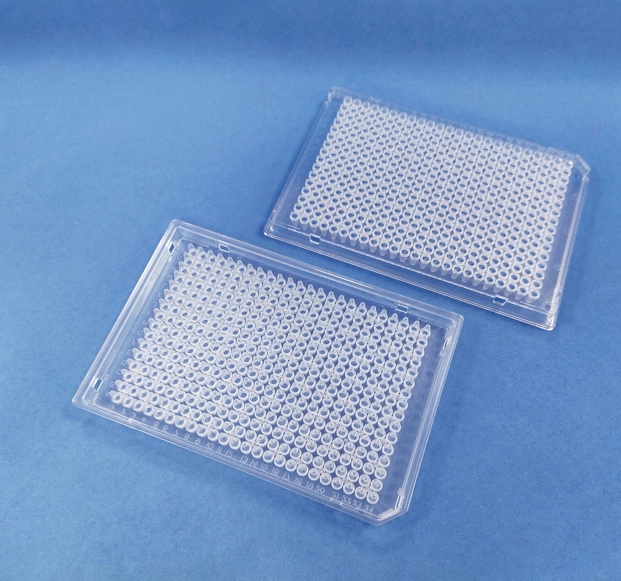The 384 well culture plate is a versatile tool used in many different applications in the field of biological research and development. These plates are specifically designed to provide a higher density of wells, which allows for an increased number of samples to be examined at the same time. Here are some of the most common applications of the 384 well culture plate:
1. High-Throughput Screening (HTS): The 384 well culture plate is commonly used in HTS experiments where large numbers of compounds are screened for their biological activities. The ability to run multiple samples at once can help to speed up the screening process, making the plate a valuable tool for drug discovery.
2. Cell-based Assays: The 384 well culture plate is ideal for in vitro experiments that require a high number of cells, such as cell-based assays. The high-density format of the plate ensures that cells are grown in a uniform manner, making it easier to analyze and compare results.
3. Protein Crystallization: The 384 well culture plate is also used in protein crystallography experiments. The small wells provide a controlled environment for the crystallization process and can help to optimize the crystallization conditions, improving the chances of obtaining high-quality crystals.
4. Antibody Production: The 384 well culture plate is an important tool in antibody production, with each well allowing for the growth of a single cell. The plate can be used to screen multiple clones for antibody production, which can significantly reduce the time and cost associated with this process.
5. Gene Editing: The 384 well culture plate can be used to perform gene editing experiments, such as CRISPR/Cas9 assays. The small wells allow for precise control over sample positioning and enable the simultaneous editing of multiple genes.
In summary, 384 well culture plates can be used in a variety of applications, including high-throughput screening, cell-based assays, protein crystallization, antibody production, and gene editing. The versatility of the plate makes it a valuable tool for researchers and scientists working in a variety of fields.
 English
English  中文
中文  日本語
日本語  한국어
한국어  français
français  Deutsch
Deutsch  Español
Español  italiano
italiano  русский
русский  português
português  العربية
العربية  tiếng việt
tiếng việt 








